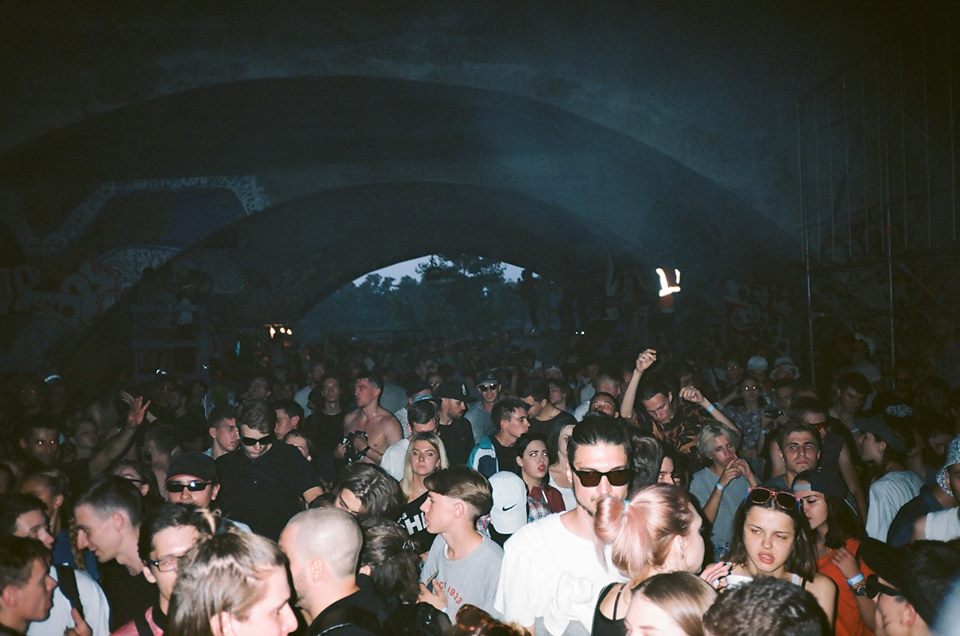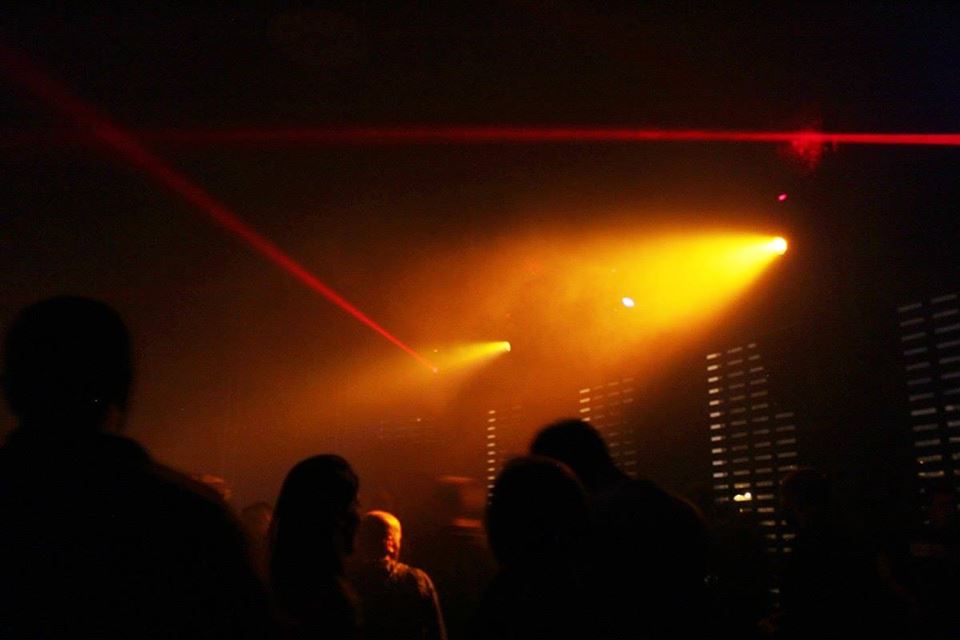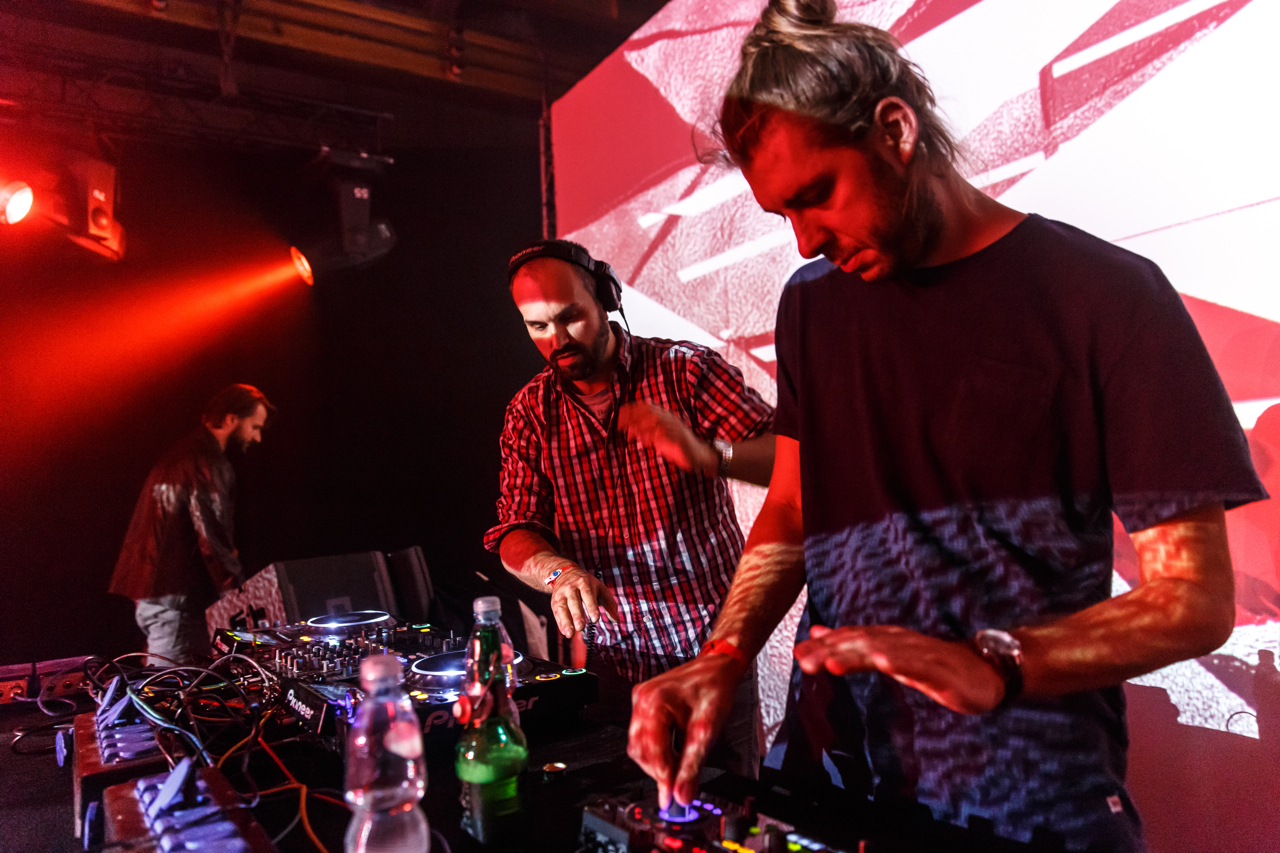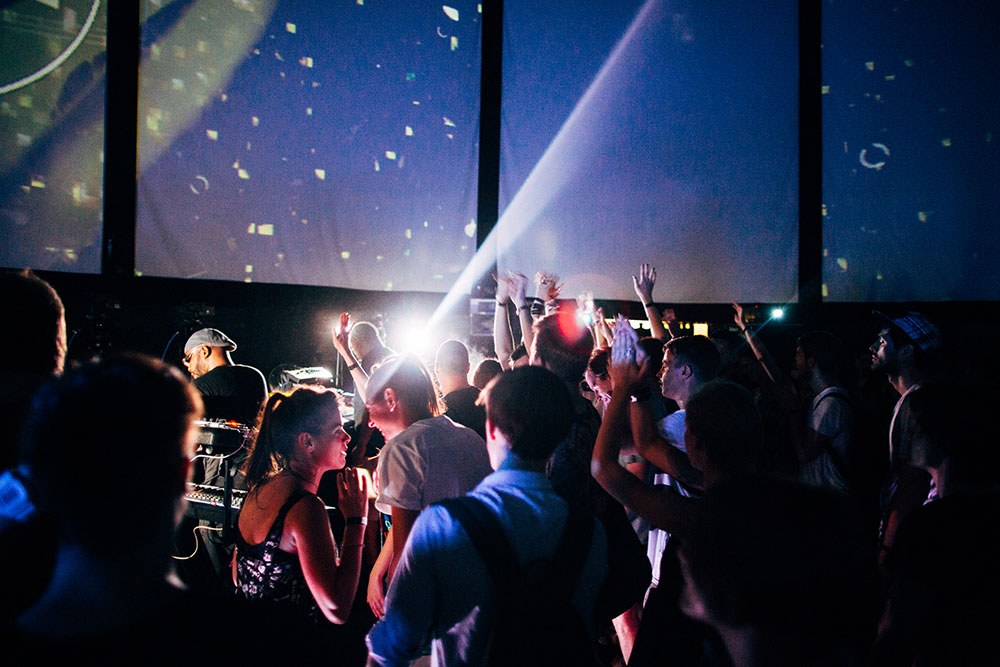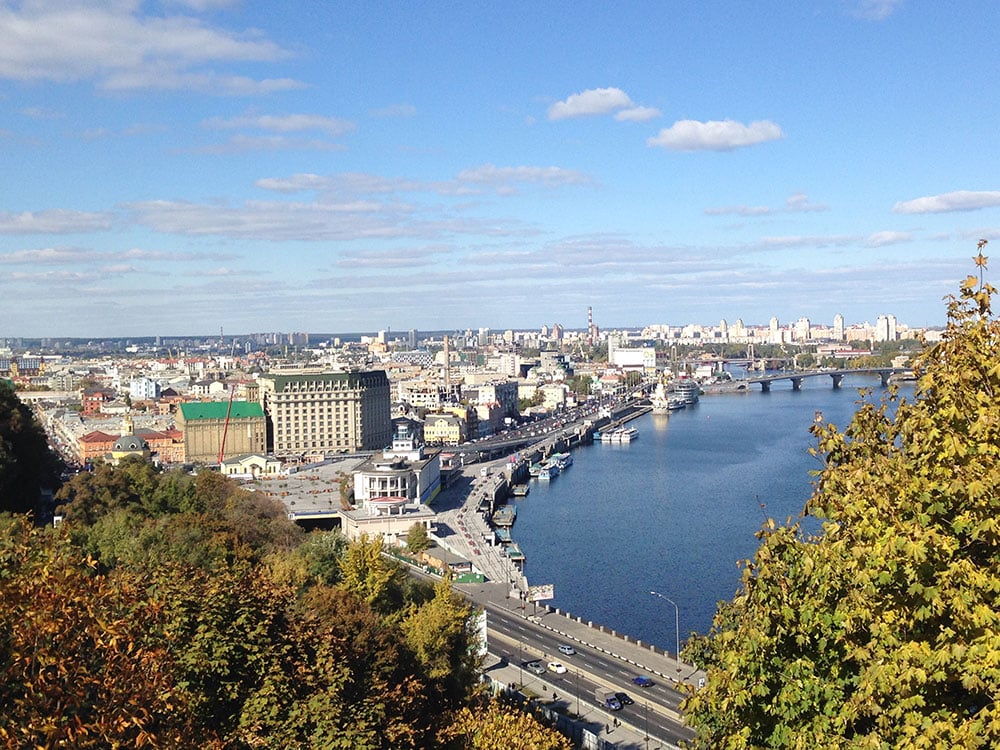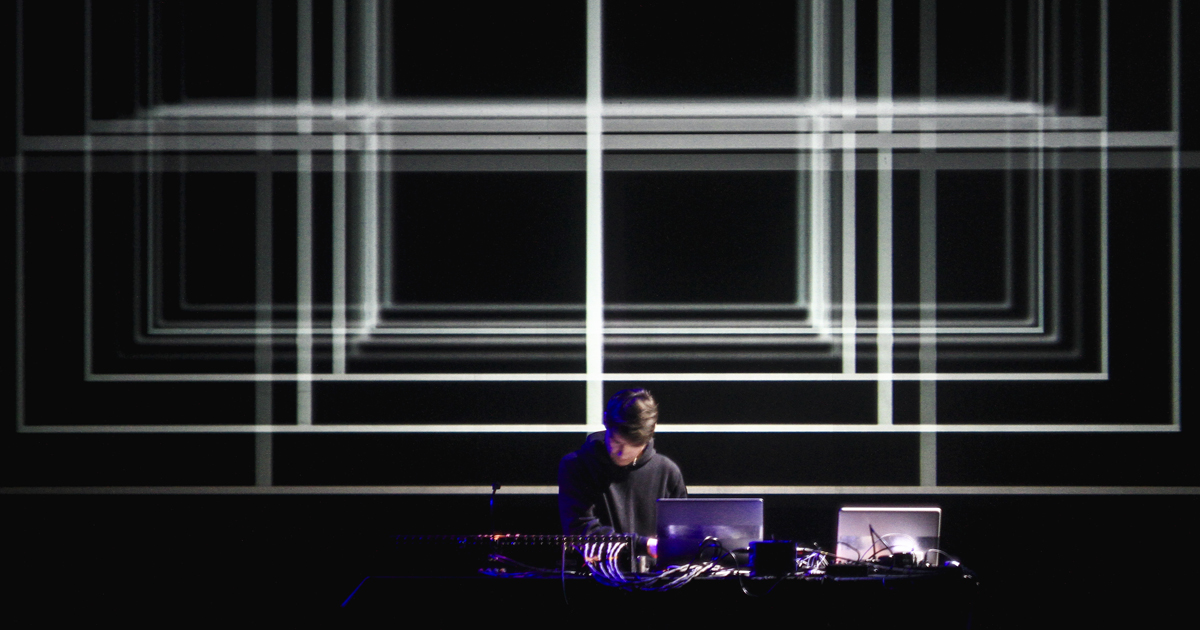
Now London's Fabric has closed it's time to wake up to the fact that when it comes to clubbing, the momentum has shifted to the capitals of eastern Europe, whose underground electronic music scenes are starting to rival Berlin's
So Fabric has closed, and London’s once-great club culture is on its last legs. Enough ink has been spilt over the short-sightedness of Islington Council’s decision, but with rising rents and rapacious property developers forcing London clubs to close by the dozen in recent years, it was probably only a matter of time before Fabric went the same way. Still, the closure of such an important venue marks a new phase in the blandification of London, a city that we call home here at The Calvert Journal. We’ve got a night tube now, but what are we going to use it for?
For years now, London’s clubbers have been casting envious glances over at Berlin, with its great music, aggro-free crowds and parties that go on all weekend. Unlike London, Berlin’s local authorities value clubbing’s place at the heart of the city’s cultural life. But if we’re already used to looking east, we’d do well to look a bit further in that direction, to other cities only a short plane ride away. Because while clubbing in London has been entering its death throes, it’s been coming of age in eastern Europe.
Whether at Luzztro in Warsaw, a smoky two-room techno den where, it is rumoured, “the devil goes to rave” or at Moscow’s ARMA17, a weekend-long party for 9000 people in a three-storey factory building, some of the best clubbing experiences I’ve had in the last couple of years have been in the New East. It happened again two weeks ago in Tbilisi at Mtkvarze, a Soviet-era fish restaurant-turned-nightclub overhanging the river. It’s not just about the venues and the music (some of these clubs are now pulling in major international DJs as well as nurturing homegrown talent) — there’s a real sense from the crowds at these clubs that this is a new and exciting scene, something positive and long overdue. Belgrade’s Drugstore and Kiev’s Cxema are top of the list for next time.
If it comes as surprise to some that the New East now boasts some of the best clubbing in the world, that’s probably because an outdated view of eastern Europe as little more than a stag party destination still prevails. About a month ago a Resident Advisor article about raving in Tbilisi was widely shared online in the UK. Don’t get me wrong, it was a great read, but its audience on social media seemed to find it remarkable that young people in a post-Soviet state were even listening to good music, let alone starting a clubbing scene worthy of international attention.
While in Tbilisi I also visited the closest thing to Berghain I’ve seen outside Berlin. Bassiani is in the bowels of the Soviet-era Dinamo football stadium and features a disused swimming pool as the main dance floor. (The DJs are down the deep end.) Indeed, when I met the club’s black-clad organisers in their bunker-style HQ they told me that Tbilisi’s underground music scene today was “like Berlin in the 90s”. I’ve lost count of the number of eastern European cities to have been touted as “the new Berlin” in recent years — it’s a problematic comparison, not least because Berlin is an economically unviable city that has been depending on handouts from the rest of Germany ever since reunification. But when it comes to clubbing the parallel is valid. These cities share the magic ingredients that allowed clubbing to thrive in east Berlin: cheap rents, plenty of space — often in the form of unused communist-era buildings — and creative, open-minded young people.
Of course these “poor but sexy” cities have their fair share of problems – political, social and economic. They are all, to some extent, getting over painful pasts or navigating difficult presents. But in this context a techno scene is a healthy thing — more than just an outlet for hedonism, these clubs provide a non-judgmental haven from whatever’s going on outside, be it homophobia, nationalism or in Kiev’s case, war. As Paata Sabelashvili, a prominent Georgian LGBT/drug policy campaigner told me in the taxi to Bassiani, they “need” these clubs more than we do in the west. And in a country still as conservative as Georgia, you can see his point.
That underground club scenes are thriving across the New East is also a good sign that there is a core of young, innovative people in these cities who want to stay there and create something of their own, a place where they feel at home. Many of these people were born after the USSR collapsed, and as members of the first truly post-Soviet generation they will play a big part in shaping their countries’ identities in years to come. They are a generation who look forward rather than back, and for many of them, techno is the soundtrack to the future.
